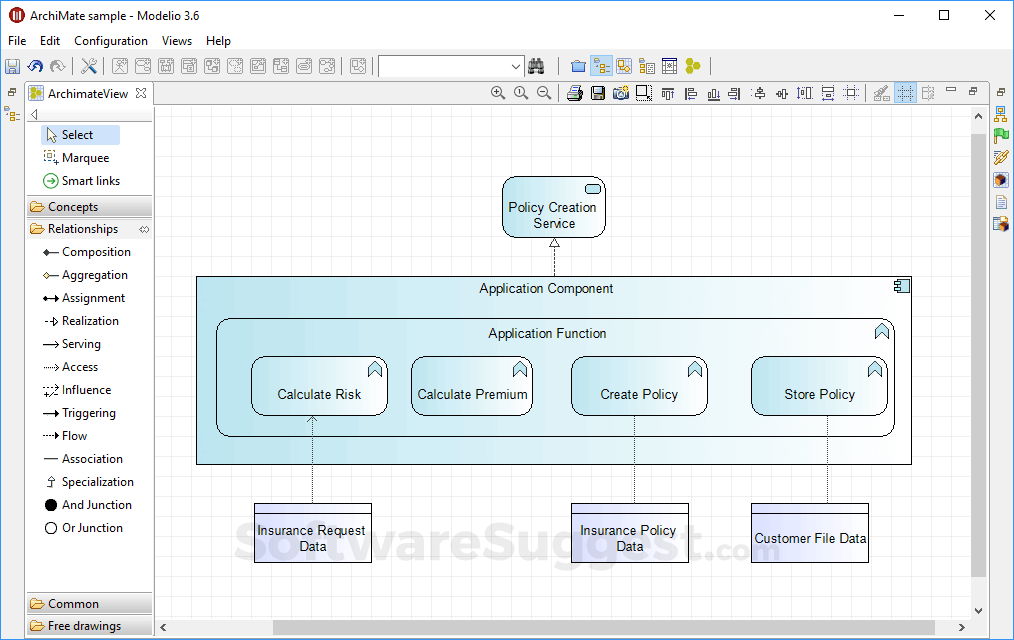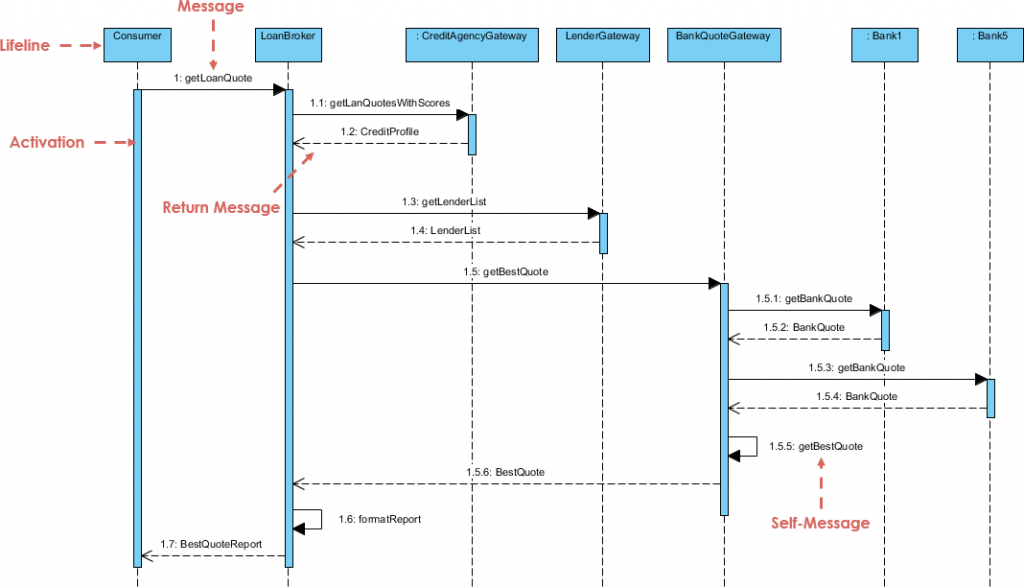

The BA also analyses all activities associated to each use case. While conducting interviews to gather business concerns and user requirements, the analyst narrows down a list of use cases in which the business will utilize the solution. The following video shows a basic project set-up: This is done through the standard CRM modules (Organization, Contacts, Projects). Step 1 Setting up a new project and business analysisīA sets up in Leverforce the client organization or internal business unit requesting the change in IT services.
MODELIO TUTORIAL CODE
Modelio includes a wide variety of features, including UML modeling, model validation, code generation, version control, automation, a model repository, collaboration tools, plug-ins, and support.This basic tutorial describes in 5 steps how our Business Analysts use Leverforce SAAS during the three phases of a project engagement: Business Analysis (Steps 1, 2, and 3) Project initiation (Step 4) and Commissioning (Step 5).
It is built around the UML standard, so it is familiar to users.
MODELIO TUTORIAL SOFTWARE
Modelio is a comprehensive software package designed to meet the needs of software engineers and developers.

* Support: Modelio includes a number of support options, including a user forum, documentation, and tutorials. Plug-ins include support for specific programming languages, additional UML shapes, and advanced reporting tools. * Plug-ins: Modelio includes a library of plug-ins that allow users to extend the functionality of the software.

* Collaboration: Modelio includes collaboration tools, allowing users to work together on models and diagrams. * Model Repository: Modelio includes a model repository, allowing users to store and share their models with others. * Automation: Modelio can automate routine tasks, such as creating new models or generating code from existing models. * Version Control: Modelio includes version control features, allowing users to manage and track changes to their models over time. The code can be generated in a variety of languages, including Java, C#, and Python. * Code Generation: Modelio can generate code from UML models, making it easier to develop software. This helps users quickly identify errors in the models and make sure the models are correct. * Model Validation: Modelio includes a built-in validator that checks the integrity of UML models. It includes a library of UML shapes, symbols, and templates, allowing users to quickly create and modify diagrams. * UML Modeling: Modelio provides all the tools necessary to build UML diagrams and models. Modelio includes a wide variety of features to meet the needs of software engineers and developers. Modelio provides an integrated, collaborative platform for model-based software and systems engineering. Modelio is available for Windows, Mac, and Linux, and is offered as a free, open source solution. It is built around the Unified Modeling Language (UML) standard, so it is familiar to software engineers and developers. Modelio is an open source software package designed to provide a comprehensive set of tools for software engineering, modeling, and development.


 0 kommentar(er)
0 kommentar(er)
